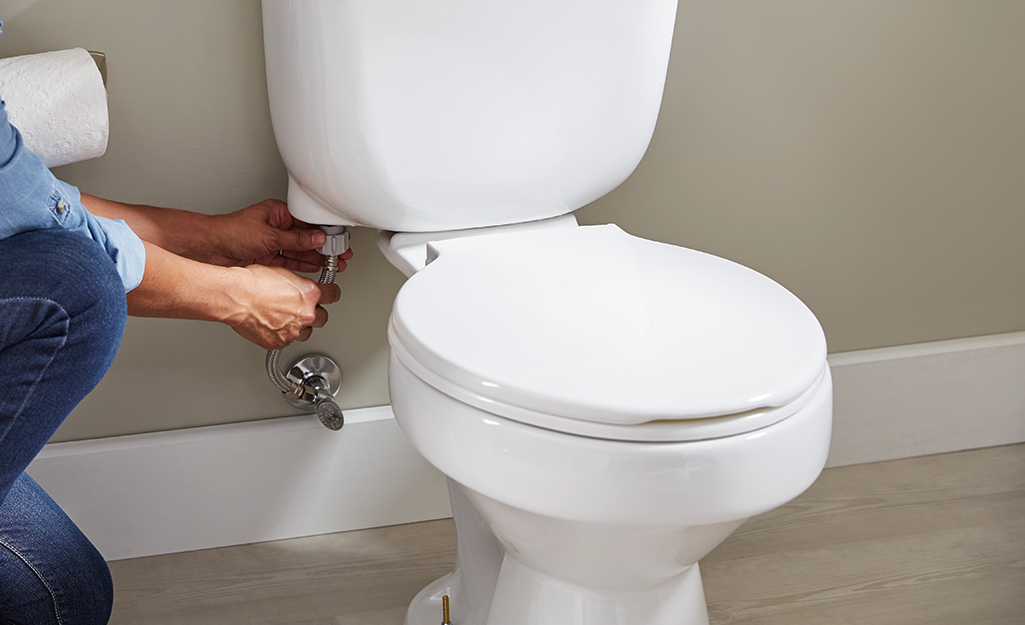When it comes to maintaining a pristine and functional bathroom, paying attention to the details is crucial. One of the most overlooked aspects of bathroom maintenance is caulking. Proper caulking not only enhances the aesthetic appeal of your bathroom but also plays a vital role in preventing water damage. In this article, we will explore essential bathroom caulking tips that can guide you to achieving a flawless and long-lasting finish.

Understanding the Importance of Bathroom Caulking
Caulking is a material used to seal joints or seams against leakage in various structures and piping. In bathrooms, caulking is used to create a waterproof barrier along seams where different surfaces meet, such as where the bathtub meets the wall or the sink meets the countertop. This ensures that water doesnt seep into areas where it can cause damage or mold growth.
Key Benefits of Proper Caulking
Prevents Water Damage
One of the primary benefits of proper caulking is the prevention of water damage. Water can easily seep into cracks and crevices, leading to issues like rot, mold, and structural damage. Ensuring that all seams and joints are properly sealed is essential for maintaining the integrity of your bathroom.
Enhances Aesthetic Appeal
A clean caulking job can significantly enhance the visual appeal of your bathroom. It provides a finished look that complements your bathrooms design by creating smooth transitions between different surfaces.
Choosing the Right Caulk for Your Bathroom
Not all caulks are created equal. Its important to select the right type of caulk for your bathroom to ensure effectiveness and longevity. Here are some types of caulk you may consider:
Silicone Caulk
Silicone caulk is ideal for non-porous surfaces like glass, metal, and ceramic. Its highly flexible and waterproof, making it perfect for bathrooms. However, it can be challenging to apply and remove, so precision is key.
Acrylic Latex Caulk
Acrylic latex caulk is easier to apply and clean up than silicone. It’s paintable, which makes it a good choice if you need the caulk to match the color of your bathroom. However, it may not be as durable in wet areas as silicone.
Step-by-Step Guide to Caulking Your Bathroom
Gather Your Materials
Before starting, ensure you have all necessary materials: caulk, caulking gun, utility knife, painters tape, and a damp cloth.
Remove Old Caulk
Use a utility knife or a specialized caulk remover to take off any old caulk. This step is crucial as new caulk wont adhere properly to old caulk.
Clean the Surface
Once the old caulk is removed, clean the surface thoroughly to remove any residue. Use a damp cloth to wipe the area and allow it to dry completely before applying new caulk.
Apply Painters Tape
To ensure a clean and straight line, apply painters tape on either side of the area you plan to caulk. This will help guide your application and prevent the caulk from spreading beyond the desired area.
Apply the Caulk
Cut the tip of the caulk tube at a 45-degree angle and load it into the caulking gun. Apply steady pressure on the guns trigger to dispense the caulk along the seam. Move steadily to ensure a consistent bead of caulk.
Smooth the Caulk
Use a caulk finishing tool or a damp finger to smooth the bead of caulk. This helps to push the caulk into the seam and remove excess for a clean finish.
Remove the Tape
Carefully remove the painters tape before the caulk has a chance to dry. This will leave you with a clean, professional-looking line.
Allow to Cure
Let the caulk cure according to the manufacturer’s instructions before exposing it to water. This step is crucial for ensuring a water-tight seal.
Common Mistakes to Avoid
Skipping Surface Preparation
Before applying new caulk, its essential to remove old caulk and clean the surface. Neglecting this step can prevent the new caulk from adhering properly.
Using the Wrong Caulk
Choosing the wrong type of caulk for your bathroom can lead to problems like poor adhesion, cracking, or mildew growth. Always select caulk that is suitable for wet areas.
Maintaining Your Bathroom Caulking
Regular maintenance is key to ensuring the longevity of your caulking. Regularly inspect caulked areas for signs of wear and tear and reapply caulk as needed.

FAQs About Bathroom Caulking
How often should I recaulk my bathroom?
Its generally recommended to recaulk your bathroom every five years, but this can vary based on use and environmental factors. Regular inspections can help you determine when its time to recaulk.
What happens if I dont caulk my bathroom properly?
Improper caulking can lead to water damage, mold growth, and structural issues. Its essential to ensure that all seams and joints are adequately sealed.
Can I caulk over old caulk?
Its not recommended to caulk over old caulk, as new caulk wont adhere properly. Always remove old caulk before applying new caulk.
For more information on preventing bathroom leaks, you can visit this comprehensive guide on bathroom leaks.
This article contains affiliate links. We may earn a commission at no extra cost to you.



